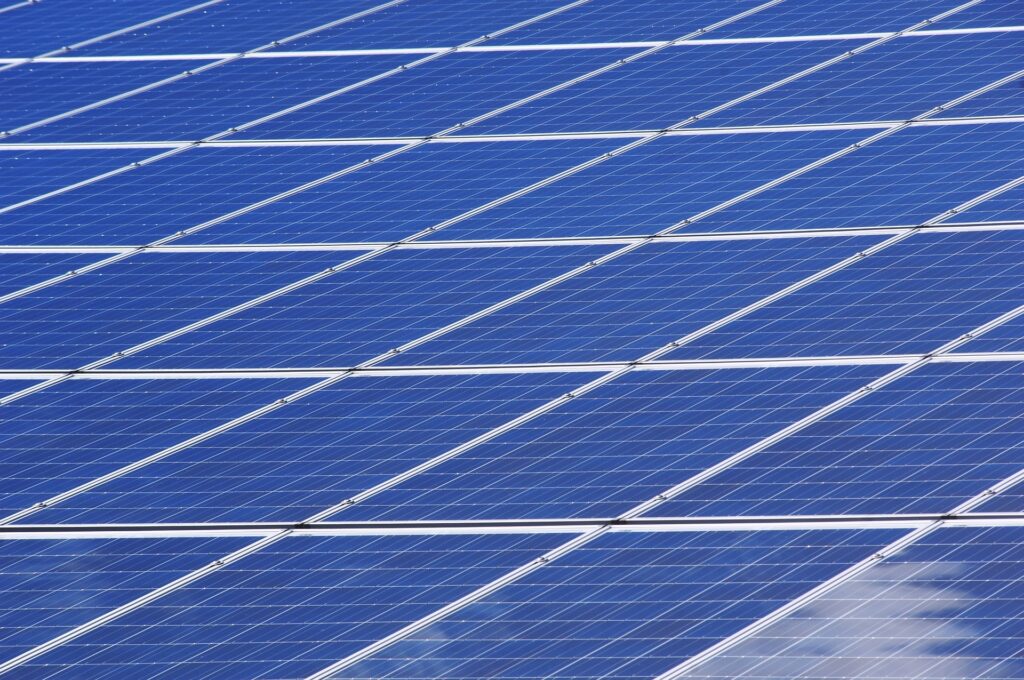The challenge of our time
More than 20 years ago, I started analysing metals. First, cobalt and then nickel.
One of the attractions of the work was that metal markets were dull and steady. Intellectually stimulating and real-world, but not exciting. At the time, iron ore prices were set annually, the majority of prices and volumes for base metals were fixed at LME Week, and financialization was a minor part for most metals.
Today, the opposite is true. Analysing metals is not dull; it’s decidedly interesting. Many metals are traded on exchanges and financialised, so prices fluctuate from day to day, sometimes sharply. Annual pricing has been replaced with prices linked to indices that change at least once a month, and often more frequently.
This revolution can be attributed largely to three developments.
- The rise of Chinese demand, which has challenged established practices and the cosy relationships between the supply and demand bases.
- The increasing financialisation of commodities, spurred on by books like Jim Collins’ Hot Commodities.
- The focus on climate change leading to increased excitement about the materials needed for Energy Transition: the move from fossil fuels to renewable energy sources such as solar and wind, and the adoption of battery storage.
It is worth noting that the first two were gradual developments of the market over several decades. The third is being pushed through at breakneck speed.
The Energy Transition
There are no precedents to help us understand how small-volume commodities, like lithium and cobalt, can be scaled up as quickly as required to support the Energy Transition.
Previous energy transitions, specifically coal replacing traditional biomass starting in the mid-1800s and then petrochemicals increasingly usurping coal from the 1920s onwards, each took between 50 and 60 years. This time the goal is to shift to renewables within 30-40 years, and in a much more energy-intensive world. In the 1920-30s, when petrochemicals started to ramp up, the world consumed 20 petawatt-hours each year; today it consumes more than eight times that amount.
The Energy Transition and the belief that it, along with a lot of other actions, will restrict climate change has seen related metals come under intense scrutiny.
This is unsurprising. While unknowns persist and the roles that different technologies will play are still being established, demand will be immense. The key question, “Where will the metals come from?” crops up repeatedly.
Many argue that finding the lithium, copper and other necessary metals is a ‘moonshot’ – theoretically doable but requiring a concerted effort from a lot of allied groups and industries. Even this is disputed. Some question whether the Energy Transition is achievable at all.
An unintentionally humorous analysis was recently presented by S&P Global. They looked at the question of how much copper would be needed to meet the World Energy Outlook’s Sustainable Development Scenario, which maps out a pathway consistent with the ‘well below 2°C’ goal of the Paris Agreement.
With a lot of assumptions about demographic changes, electrification, recycling and substitution, S&P calculated that copper mine output would need to double between 2021 and 2040.
For S&P doubling output is achievable, ‘…by opening three tier-one, 300,000 tpa mines every year for the next 29 years’. This overlooks the small matter that there are only 14 such mines today and that it typically takes more than ten years from discovery for a greenfield copper mine to enter production.
A study by Simon Michaux PhD, of the Geological Survey, Finland, calculates a profound lack of known reserves, never mind the ability to extract them economically. Analysis by Michaux and his colleagues, detailed in a dense one-thousand-page document, shows that only 19% of the copper required for the first iteration of the energy transition has been identified in reserves.
For nickel and lithium, the figure drops to 10% and for cobalt, graphite and vanadium it is 3% or 4%.
| Metal | Required For First Cycle Of Energy Transition (Mn Tonnes) | Identified Reserves (Mn Tonnes) | Identified Reserves As Share Of Required (%) |
| Copper | 4,560 | 880 | 19% |
| Nickel | 941 | 95 | 10% |
| Lithium | 944 | 95 | 10% |
| Cobalt | 219 | 7.60 | 3% |
| Graphite | 8,970 | 320 | 4% |
| Vanadium | 682 | 24 | 4% |
This is the most pessimistic report I’ve seen but shows the scale of the problem.
If reserves of only 20% or less of the metals needed have been identified, how will the transition happen to achieve the Paris Agreement within the prescribed timeframe?
It is clear that to provide enough metals, the supply bases will need to diversify. Traditional sources must be tapped harder, recycling increased, and losses through the supply chain minimised. Most of all, new sources have to be added at an incredible rate.
This is an opportunity for mining companies and benefits the financial business case of proposed new operations.
Achieving the Energy Transition is the challenge of our time and commodities will not be dull until we succeed.
Image (c) Pixabay | andreas160578

JASON KAPLAN
Director (Special Projects)
Jason Kaplan has been analysing commodity markets and forecasting developments for more than 20 years. He combines a keen understanding of commodities, the commercial drivers of companies along the supply chain, and the effects of macroeconomic factors to predict how markets will develop.


